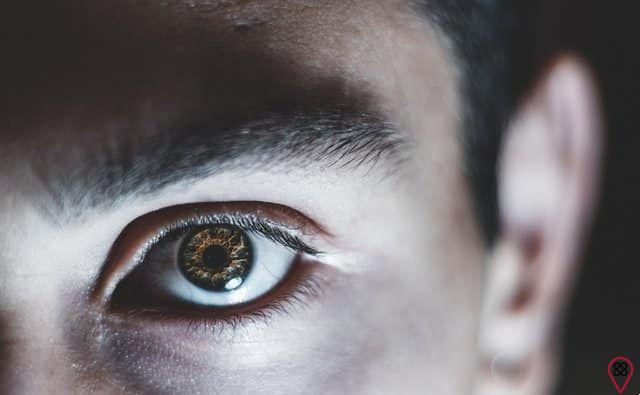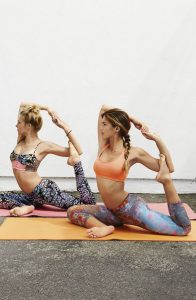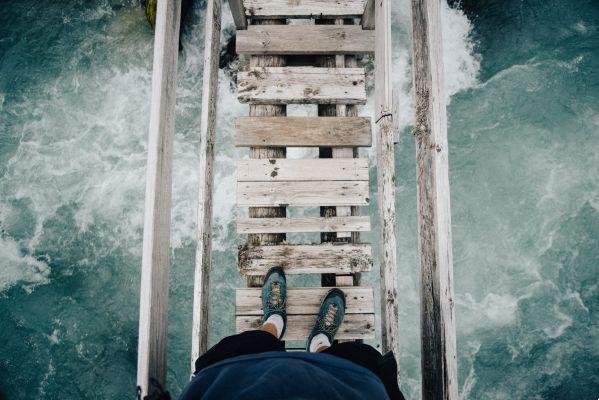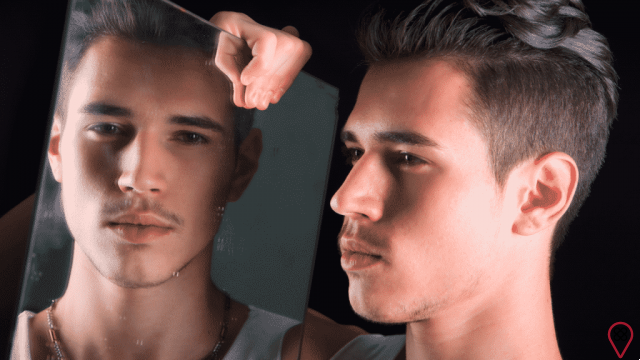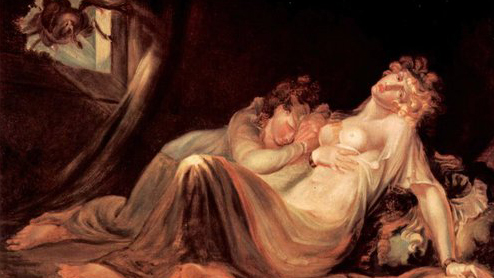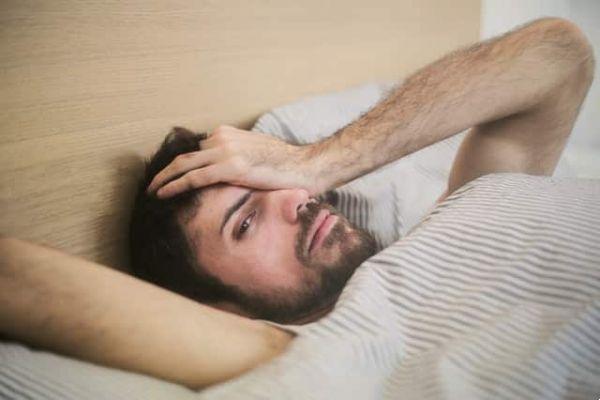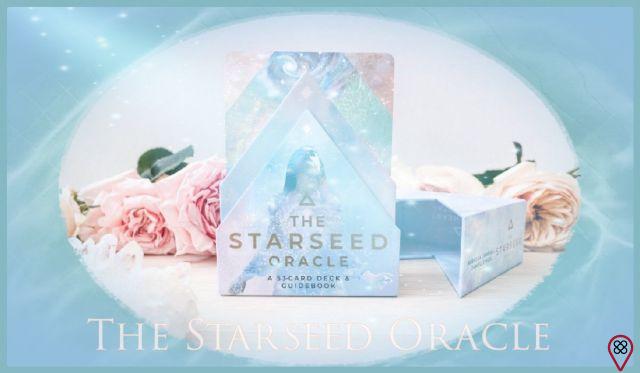Perhaps you have often heard this simple phrase coming in the form of advice from friends and family: you need to relax! But, due to the habit of doing a lot of tasks at the same time and making it kind of an addiction, you haven't found ways to take a break from what you don't need to dedicate a few minutes a day and disconnect from everything and everyone in your life. return.
 There are some relaxation techniques and exercises that will help you to disconnect a little from this universe of worries, work, everyday mishaps and, mainly, to deal with the anxiety. This villain who acts in a sneaky way at inopportune times is one of the biggest causes of disorders and disorders that disrupt sleep, food, control of thoughts and emotions, among a number of factors that harm physical and mental health. To start a change in this situation and get out of this situation, see some tips below.
There are some relaxation techniques and exercises that will help you to disconnect a little from this universe of worries, work, everyday mishaps and, mainly, to deal with the anxiety. This villain who acts in a sneaky way at inopportune times is one of the biggest causes of disorders and disorders that disrupt sleep, food, control of thoughts and emotions, among a number of factors that harm physical and mental health. To start a change in this situation and get out of this situation, see some tips below.
1. The power of breath
One of the best ways to lessen the feeling of anxiety is to work with your breath. According to integrative therapies specialist Camila Montadon, anxiety stimulates a part of our brain to a state of hyperventilation (when we breathe faster) and for this to be reversed, the person must consciously turn to the act of breathing slowly. This causes the body to balance itself and return to normal. So breathe! But breathe being present in the moment, not worrying about yesterday or tomorrow.
2. Progressive relaxation technique
Our body is divided into muscle groups with different functions, and among these muscles there are specific points that provide relaxation linked to the mind. This technique was created by physician Edmund Jacobson in order to help patients who suffered from anxiety. The idea consists of the action of squeezing some strategic muscles so that the tension of that feeling is released, also helping in the treatment to lower blood pressure, improve sleep quality and reduce seizures.
3. Silva Method
The psychologist, parapsychologist and electronics technician José Silva, who is American, created his method based on the teaching of techniques to guide and guide the mind of those who seek him in order to improve and bring quality in areas such as creativity, intuition , health and education. These are exercises that facilitate mind control and direct the practitioner to obtain a broader awareness of themselves and the points to be internally unlocked.
4. Schultz's Autogenous Training
In this modality it is as if the body enters a deep state of relaxation, understood after a technique similar to self-hypsnosis. Developed by Johannes Heinrich Schultz, the training takes place through repeated phrases in calm environments, to activate the work of consciousness with the body. Sayings such as “I am completely relaxed” or “my solar plexus is hot and radiating heat” are often used as an affirmation of peace and well-being. It also brings benefits for concentration, decreased stress, sleep quality, anxiety reduction, etc. Just choose a quiet room in the house and start small.
5 Mindfulness
 full attention. This is the ultimate rule of mindfulness. Your meditation practice provides for a dive within yourself and a focus on the present so that a more objective analysis of who we really are and what we are looking for can occur. Many studies and specialized content claim that mindfulness has qualities that go beyond combating anxiety. The journal Health Psychology, for example, reported that this type of meditation can help reduce stress hormones and cortisol. The Annals of Rheumatic Disease said it could help people with rheumatoid arthritis. There are also a number of improvements linked to mindfulness, which can even be practiced by children.
full attention. This is the ultimate rule of mindfulness. Your meditation practice provides for a dive within yourself and a focus on the present so that a more objective analysis of who we really are and what we are looking for can occur. Many studies and specialized content claim that mindfulness has qualities that go beyond combating anxiety. The journal Health Psychology, for example, reported that this type of meditation can help reduce stress hormones and cortisol. The Annals of Rheumatic Disease said it could help people with rheumatoid arthritis. There are also a number of improvements linked to mindfulness, which can even be practiced by children.
6. Walk or exercise
Physical exercises are essential for those looking for balance between health and mind. And as expected, they are great allies in the fight against anxiety too, as it releases the production of serotonin in the body, providing the feeling of pleasure. Walking, in addition to working with muscles, blood circulation and body efficiently, is an opportunity to connect with yourself. When walking, you can focus on things that need to be worked on, being silent and concentrated.
7. Listening to music to relax
Music is more powerful than you can imagine. It activates in the brain the center responsible for making us feel pleasure, where dopamine (the hormone responsible for this) is released. With this, the impression of well-being is invaded and what remains is the feeling that everything is fine at that moment. Music therapist and pediatrician Ana Escobar mentioned other benefits that music brings, such as improved communication, bonding, pain reduction, memory strengthening, movement induction and, of course, relaxation.
Text written by Juliana Alves from the Eu Sem Fronteiras Team.






